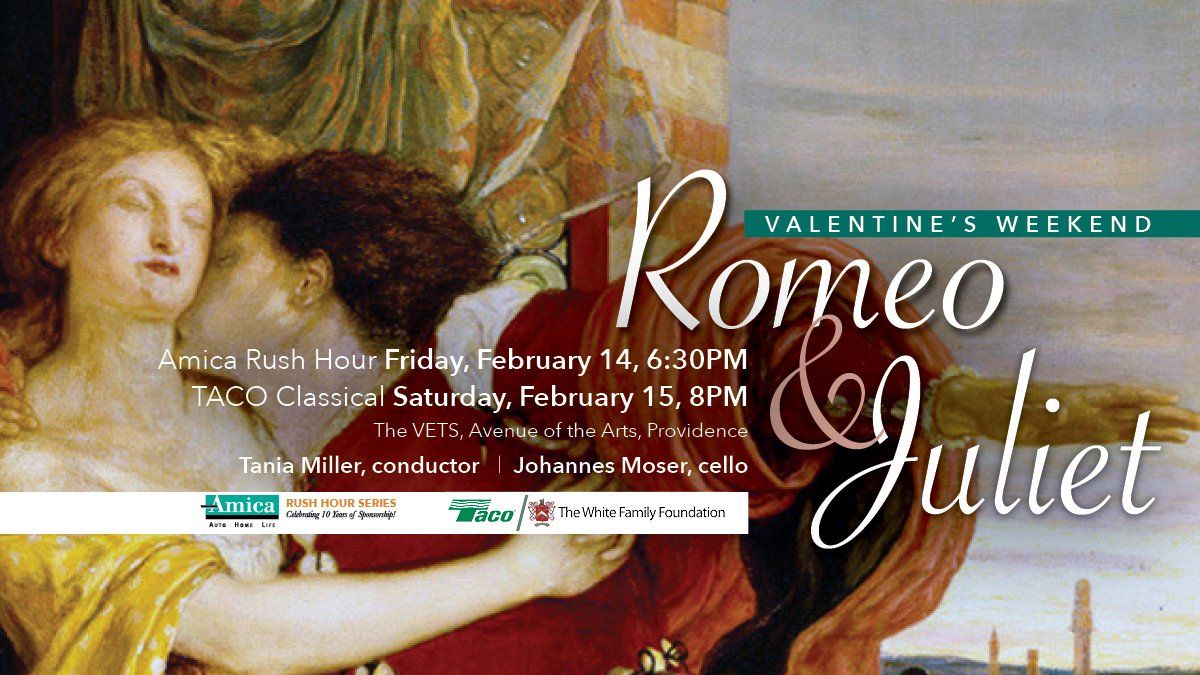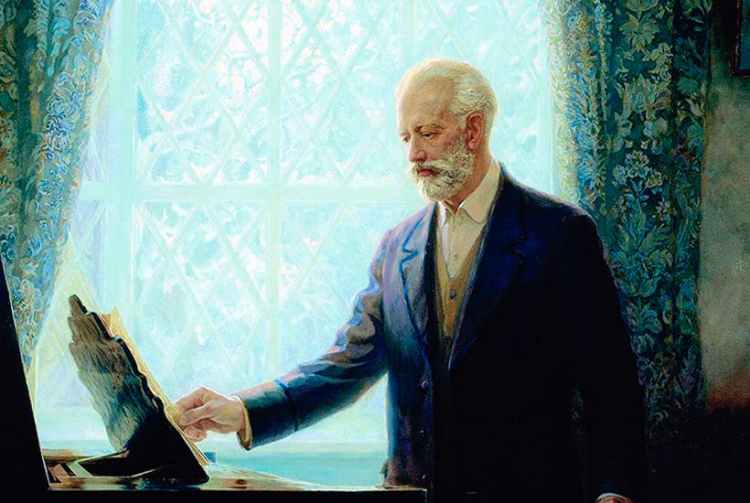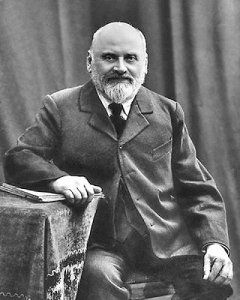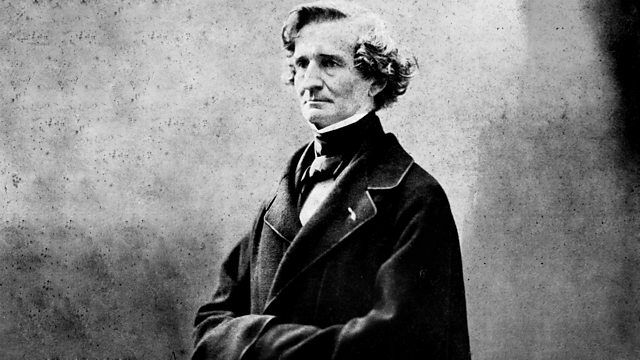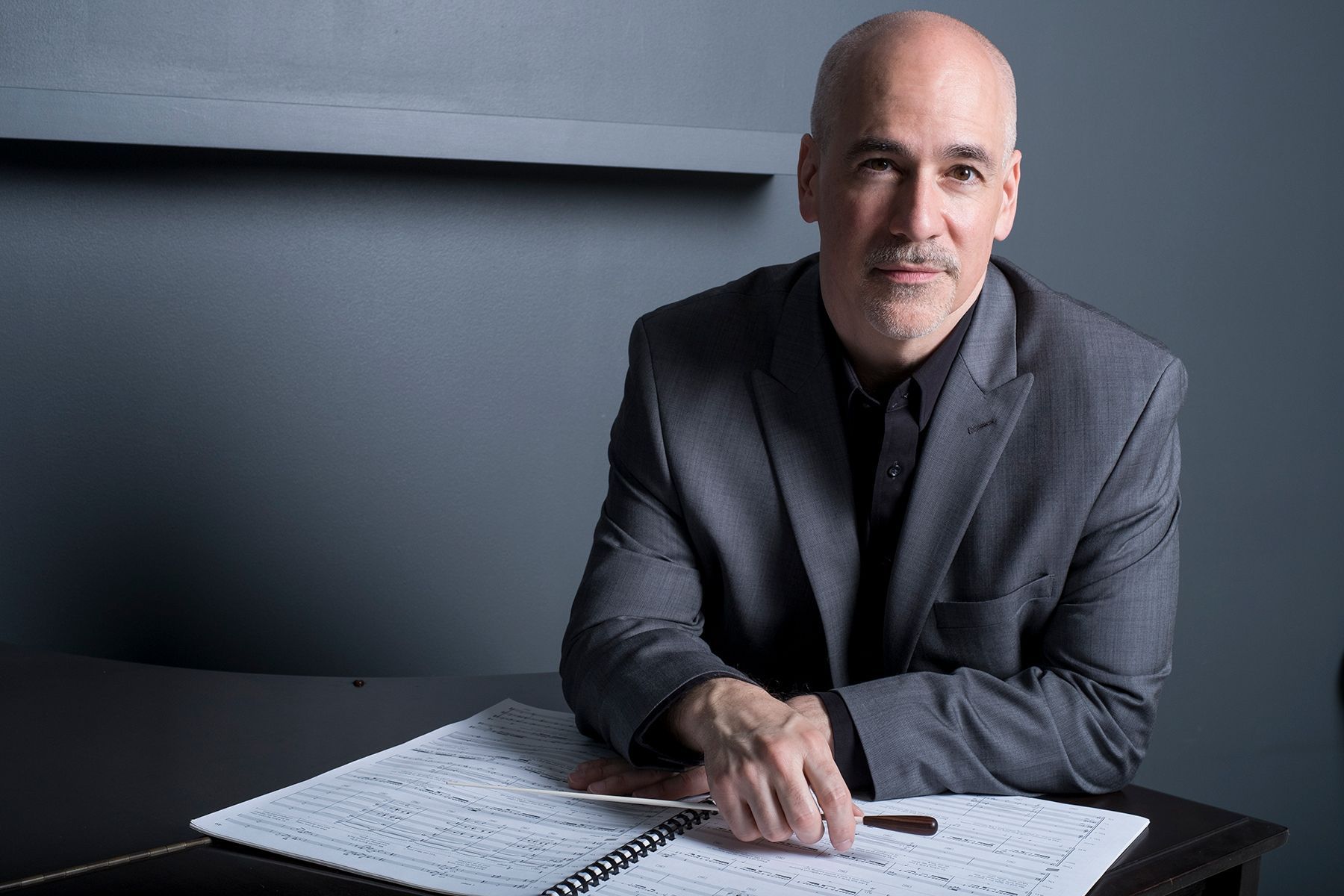The subject was suggested to Tchaikovsky by his friend and sometime mentor, Mily
Balakirev, who had composed an overture to King Lear some years earlier. After the premiere of Tchaikovsky’s Romeo and Juliet overture in March 1870, the composer revised the work, incorporating some further advice from Balakirev. He replaced the original rather dull “Friar Lawrence” theme with a hymn-like passage “having an ancient Catholic character.” In 1880, the composer again made some revisions, notably a complete replacement of the ending.
Tchaikovsky’s music does not depict the events of the play. Rather, the main themes represent the principal characters and ideas. In order of appearance, these are Friar Lawrence, the feud of the Capulets and the Montagues, and the love of Romeo and Juliet.

